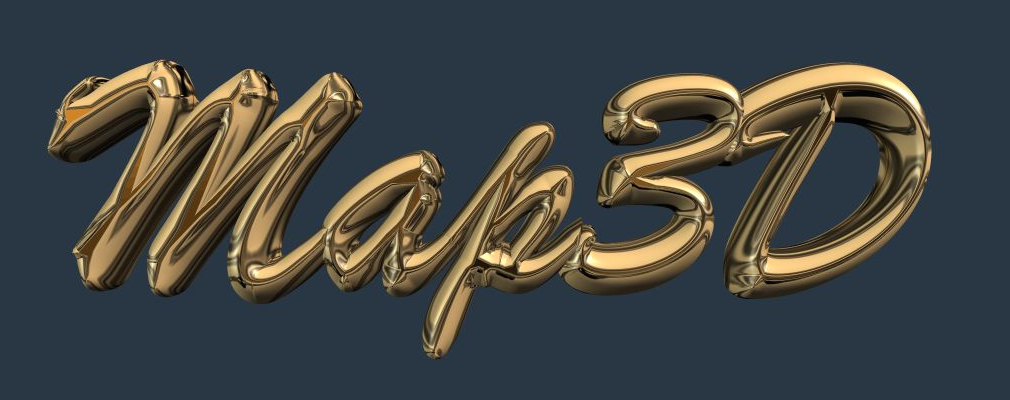Map3D is suitable for building and display of any three-dimension geometric shape. Optional stress capabilities are designed for rock engineering problems involving both large tabular ore bodies and irregular 3D massive excavations.
The program is designed to be very versatile in its application. It has the ability to simulate everything from simple tabular shapes to detailed 3D excavation shapes and large scale mine wide problems. Models can include tunnels, large irregular shaped excavations, ore zones, massive and tabular excavations, open pits, faults, fractures and more. It is possible for excavations to the intersected by multiple faults or discontinuities that are allowed to slip or open. Problem size and complexity are only limited by the amount of detail the user wants to incorporate.
Map3D can simulate ground support elements such as arches, steel sets, props, thick liners, chalks, strong backfill etc. When simulating stiff support systems such as arches, steel sets, props, thick liners, chalks, strong backfill etc., it is necessary to model the ground movement up to the point of support placement, then insert the support elements either in a stress/strain free state, or with a prescribed pre-stressing. This feature is particularly useful for simulation of structural support elements and can accommodate placement, modification of properties and subsequent removal if desired. This option has been enabled for use with 3D FF blocks and DD planes.
To enable this feature you must first excavate the desired support element (either a 3D FF block or DD plane) to the desired pre-stressed state, then in a subsequent mining step insert the support material. Map3D conducts the necessary calculations to place support elements in a stress/strain free state or with a prescribed pre-stressing at the current mining step. The action of excavation to a zero or prescribed stress state followed by insertion of an alternate material signals Map3D to conduct the required calculations.
Map3D can be applied to the analysis of underground layout and mining sequence problems, as well as the assessment of pillar designs, stope span stability and fault stability. Depending on the version being used, non-linear material behaviour can be used when modelling pillars, seams and abutments.
There is also a facility to visualize point data. Points can be displayed as light source shaded spheres with diameter and/or colour varying as magnitude. Each point can be tagged with a series of numeric values (e.g. colour, magnitude, orientation etc.) keywords, text messages and file associations. Upon clicking on a point, the location, magnitude and text message are displayed. This feature can be used to display a database of useful geologic information such as grade, rock mass quality etc.
Model Building